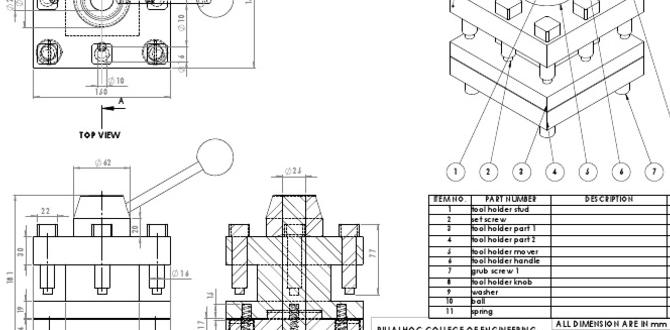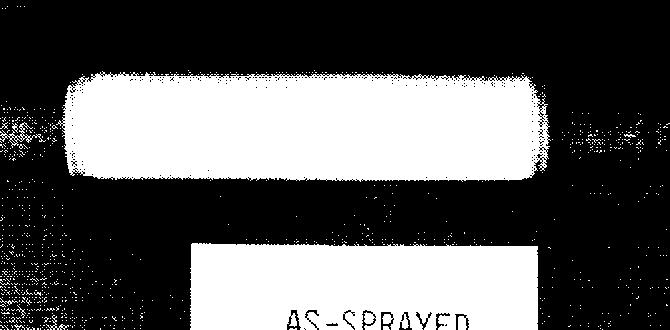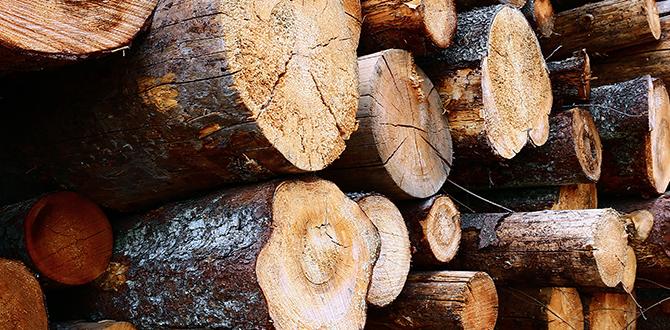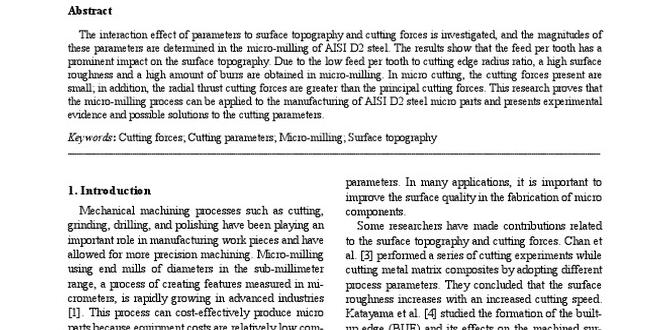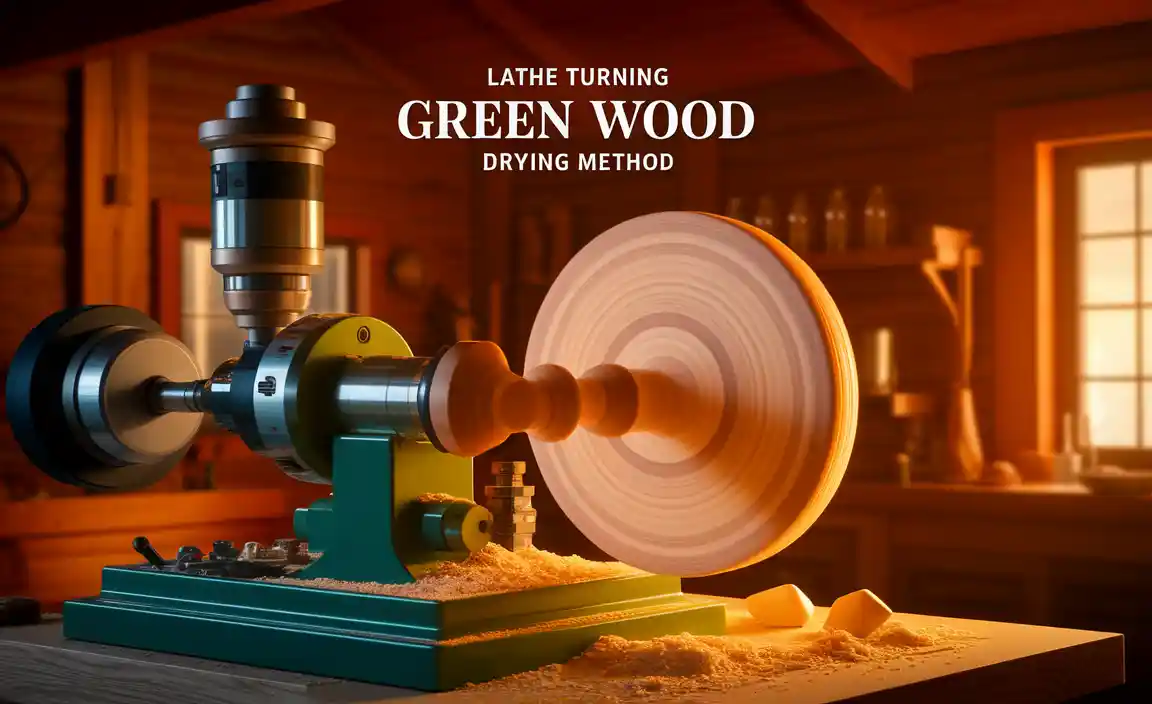Have you ever wondered how woodworkers create those beautiful shapes on their projects? A wood lathe plays a big part in that magic! One essential tool for using a wood lathe is a faceplate. You might ask, what exactly is a faceplate? It is a round disk that helps hold your wood securely while you carve it into amazing designs.
Imagine you have a block of wood. You want to turn it into a fantastic vase or a unique bowl. Using a faceplate makes this process easier. It holds the wood tightly, so it doesn’t move around while you work.
Fun fact: Many craftsmen believe that mastering the faceplate is key to becoming a skilled woodturner. It’s not just about skill; it’s about having the right tools! In this article, we will explore how to use a faceplate on a wood lathe. You’ll see just how simple it can be to transform a piece of wood into something special.
How To Use A Faceplate On A Wood Lathe: A Complete Guide

How to Use a Faceplate on a Wood Lathe
Using a faceplate on a wood lathe can open up new creative possibilities. First, securely attach the faceplate to your workpiece using screws. This keeps it stable while the lathe spins. Adjust the speed according to the size of your project. Always wear safety gear to protect your eyes and ears. It’s fascinating how a simple piece can help shape wood into beautiful bowls or sculptures. Are you ready to try these steps yourself?Understanding the Faceplate
Definition and purpose of a faceplate. Comparison with other mounting options (chucks, centers).A faceplate is a round, flat disk that attaches to a wood lathe. Its main job is to hold wood securely while it spins. You can think of it as a big, sturdy pizza tray for your wood! Unlike chucks and centers, which grip wood by the sides or ends, a faceplate lets you work with bigger pieces. It’s great for shapes like bowls or larger projects where sides are a little wobbly. Here’s a quick comparison:
| Mounting Option | Best For | Stability |
|---|---|---|
| Faceplate | Large, flat pieces | Very Stable |
| Chuck | Smaller, detailed work | Stable |
| Center | Slim pieces | Less Stable |
Choosing the right option is key for smooth turning. Remember, no one wants a flying wood project, except for maybe a really enthusiastic woodpecker!
Choosing the Right Faceplate
Different sizes and styles available. Factors to consider based on project needs.Picking the right faceplate for your wood lathe is key for smooth spinning! Faceplates come in various sizes and styles, so choose wisely. If your project is tiny, a smaller faceplate will work wonders. For bigger projects, go for a larger one. Remember, the right faceplate holds your wood securely while you work. Your project can only be as good as the tools you choose!
| Size | Best For |
|---|---|
| 4 inches | Small bowls |
| 6 inches | Medium vases |
| 10 inches | Large platters |
Think about what you’re making. A good faceplate will make your project easier and way more fun! Trust us, nothing ruins a wood project faster than a wobbly piece flying off like it has a mind of its own.
Safety Precautions When Using a Faceplate
Essential safety gear and tools. Common risks and how to mitigate them.Using a faceplate safely is very important. Always wear essential safety gear like goggles, gloves, and a dust mask. These items protect your eyes, skin, and lungs from flying debris and dust. Common risks include wood splinters, machine accidents, and noise. To reduce these risks:
- Keep the work area clean.
- Check your tools before use.
- Stay alert and focused.
- Make sure long hair is tied back.
- Don’t wear loose clothing.
Remember, safety first means fun and worry-free crafting!
What is the best safety gear for using a faceplate?
Always wear safety goggles, ear protection, and gloves to shield yourself from flying wood chips and noise.
Preparing Your Wood Piece
Selecting and preparing the wood blank. Ensuring a balanced setup for turning.First, choose a good piece of wood. Make sure it’s thick and strong, like a superhero in the world of lumber! Be sure to check for knots and cracks, because no one wants a surprise during turning. Next, cut the wood into a manageable size—think of it as giving your wood a haircut. Perfect balance is key, so attach the blank to the lathe, ensuring it hugs the faceplate tightly. This helps keep everything smooth, just like your favorite ice cream after a hot summer day!
| Step | Action |
|---|---|
| Select Wood | Look for a strong, thick piece without cracks. |
| Cut Wood | Trim it down to a size you can handle. |
| Attach to Lathe | Securely fix the wood to the faceplate. |
Mounting the Faceplate to the Wood Blank
Stepbystep instructions for attaching the faceplate. Tips for ensuring a secure fit.First, choose a wood blank that won’t slip away like your best pair of socks! Place the faceplate on the blank. Next, use screws to tightly attach it to the wood. Make sure to sink those screws deep! You’ll want them snug, like your favorite blanket on a cold night. For added safety, check that everything feels stable before turning on the lathe. If it’s wobbly, it might do a salsa dance instead of spin smoothly!
| Step | Action |
|---|---|
| 1 | Select a secure wood blank. |
| 2 | Position the faceplate and align it. |
| 3 | Use screws to attach the faceplate tightly. |
| 4 | Check for stability before use. |
Setting Up the Wood Lathe
Adjusting the lathe for faceplate turning. Speed settings and how they affect turning.First things first, make sure your lathe is firmly set up. Adjust the height so it’s comfy for you; no one wants to bend over like a pretzel! For faceplate turning, choose a slower speed at first. Think of it as giving the wood a warm-up before a dance party. Too fast and you might send shavings flying like confetti!
| Speed Setting | Effect on Turning |
|---|---|
| Low (200-500 RPM) | More control and stability |
| Medium (600-1200 RPM) | Good for shaping and detailing |
| High (Above 1200 RPM) | Requires skill; faster results |
Remember, patience is key. Start slow, adjust as needed, and soon you’ll be a wood-turning superstar! Just don’t forget your safety goggles—no one likes flying wood chips in their eyes!
Turning Techniques with a Faceplate
Basic turning techniques for beginners. Advanced techniques for intricate designs.Using a faceplate on a wood lathe can create amazing projects. Beginners should learn basic techniques first. Start with simple shapes like bowls or small plates. Hold the wood tightly for safety while shaping it.
For more advanced work, you can try intricate designs. These require careful planning. Use tools like chisels for detailed carvings. Experiment with different speeds to see what works best. Your creativity can make beautiful pieces.
How can I get started with faceplate turning?
Start by choosing the right wood and securing it tightly. Practice basic shapes, and gradually add details as you feel comfortable. Remember, patience is key!
Key Turning Techniques
- Begin with simple shapes.
- Focus on holding the wood securely.
- Use sharp tools for better finishes.
- Gradually introduce more complex designs.
- Always wear safety gear.
Finishing Techniques Post-Turning
Sanding and smoothing the turned piece. Applying finishes and protective coatings.After turning a piece on the lathe, it’s time to make it smooth and shiny! Start with sanding to remove rough spots. Use different grits, starting from coarse to fine. This helps get a nice finish. Then, apply a protective coating like varnish or oil. This step not only makes it look great but also protects the wood.
- Sand with grits: 80, 120, 220
- Wipe clean before applying finish
- Choose a finish: clear coat, oil, or wax
How can I achieve a smooth finish on wood?
To achieve a smooth finish on wood, sanding is crucial. Start with a rough grit and gradually move to finer grit until you are satisfied. After sanding, apply a finish to protect the wood and enhance its natural beauty.
Common Problems and Troubleshooting
Identifying issues during faceplate turning. Solutions for common challenges encountered.While using a faceplate on a wood lathe, problems can happen. These issues may include vibrations, uneven surfaces, and wood tearing. If you notice loud noises while turning, that could mean your piece is loose. Checking the tightness of the faceplate can solve that. For uneven surfaces, adjusting the tool position may help. Here are some common fixes:
- Secure all screws and bolts.
- Use sharp tools for clean cuts.
- Check for wood knots that might catch the tool.
What should I do if my wood piece shakes?
Tighten the faceplate and check for balance. A balanced piece will turn smoothly.
Conclusion
In conclusion, using a faceplate on a wood lathe helps secure your wood projects. You can easily attach it to the lathe for shaping and finishing. Remember to check the screw tightness before starting. We encourage you to practice with different types of wood. For more tips, check out additional guides on woodturning techniques! Happy crafting!FAQs
What Is A Faceplate, And How Does It Function On A Wood Lathe?A faceplate is a flat piece used on a wood lathe. It helps hold the wood piece while you shape it. You can attach the wood to the faceplate with screws. When the lathe spins, the faceplate keeps the wood steady and safe. This helps us create smooth shapes and cool designs!
How Do You Properly Attach A Workpiece To A Faceplate For Turning On A Lathe?To attach a workpiece to a faceplate, first, choose the right size faceplate for your project. Next, put the workpiece on the faceplate and align it properly. Then, use screws to hold the workpiece in place. Make sure the screws are tight but not too tight to damage the wood. Finally, double-check that everything is secure before starting the lathe.
What Safety Precautions Should Be Taken When Using A Faceplate With A Wood Lathe?When using a faceplate with a wood lathe, you should always wear safety glasses to protect your eyes. Keep your hair tied back and wear tight-fitting clothes. Make sure the lathe is turned off when you’re changing tools or adjusting the piece. Stand to the side and keep others away while the lathe is running. Always pay attention and stay focused on your work.
How Does Using A Faceplate Differ From Using A Scroll Chuck For Woodturning Projects?Using a faceplate in woodturning means you attach your piece flat against a disk. This is great for making large, flat items like bowls. A scroll chuck, on the other hand, grabs the wood from the sides with little metal jaws. This lets you hold smaller pieces nice and tight, perfect for making detailed shapes. So, a faceplate is good for bigger, flat things, while a scroll chuck works well for small, tricky ones.
What Are Some Common Woodturning Projects That Are Best Suited For Using A Faceplate?Some common woodturning projects that work well with a faceplate are bowls, platters, and candle holders. You can use a faceplate to attach the wood securely to the lathe. This helps you shape and carve the wood easily. Other projects include wooden containers and even small sculptures! Using a faceplate makes it fun and safe to create these items.

